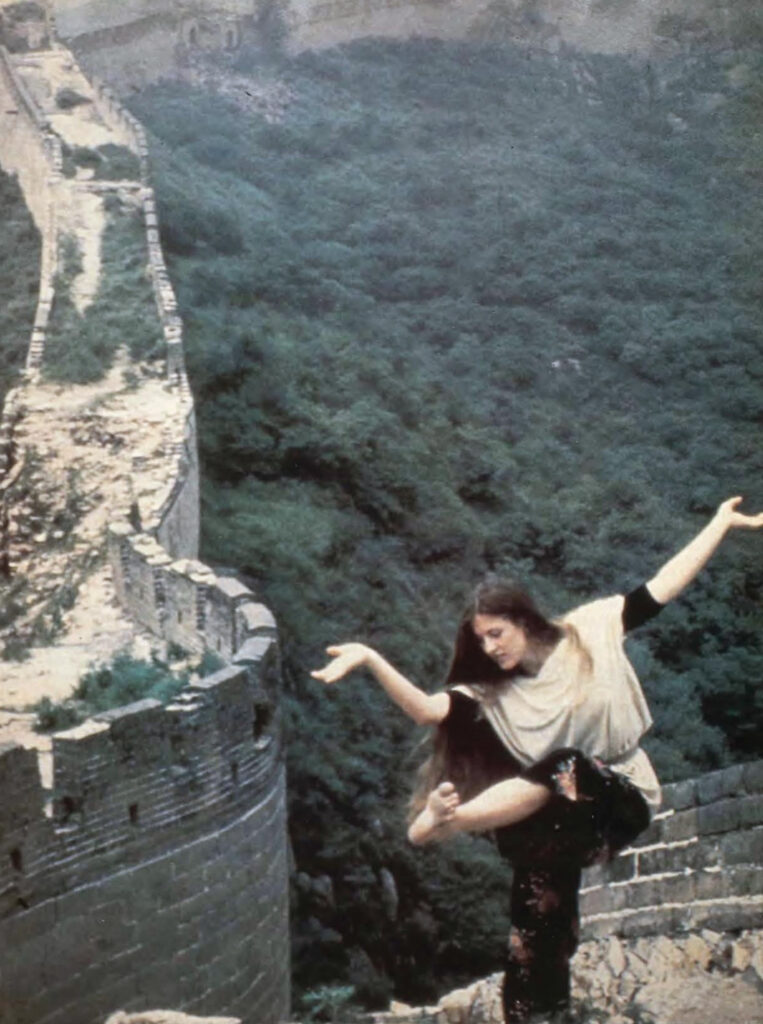The August 1984 issue of Dance Magazine included a profile, written by Linde Howe-Beck, of then–30-year-old modern dancemaker Margie Gillis, who had found an astonishing degree of international success as a solo performer. She’d grown up in Montreal in a family of athletes (her parents were Olympic skiers; her older brother, Christopher, was a leading Paul Taylor dancer; her younger siblings skied and played hockey professionally), “But we were all very much encouraged to play piano and paint and do creative things,” she said. “It really was like wall-to-wall kindergarten growing up.”

In 1979, she was “discovered” dancing in a park while in China and was quickly embraced by concert dance audiences there; Pierre Trudeau, the Canadian prime minister at the time, subsequently named her an honorary cultural ambassador. By 1981, Gillis was a “firmly ensconced cult figure” in Montreal, as Howe-Beck put it. “She was heralded as Canada’s queen of independent dancers, a sure-fire sellout, a stocky stick of dynamite with a hip-length fall of hair used to soften some of the jagged, risky, and highly personal gestures….As an artist, she stands alone, her earthy, vibrant style relying less on any recognizable dance vocabulary than on a response to her own spirit and her own need to communicate feelings.”
In parallel to her solo work, Gillis is a noted collaborator with numerous artists and companies, has been commissioned by the likes of Cirque du Soleil and the Paul Taylor Dance Company, and developed a workshop utilizing movement as a tool for conflict resolution. She was appointed a Member of the Order of Canada in 1987, in recognition of both her dance and advocacy work, and in 2013 was promoted to Officer for her continued contributions to contemporary dance. She’s still teaching, creating, and performing.



